Great stuff Shane!
Of LongRangers and Ireland ..


Slieve Russell Hotel's Bell 206L LongRanger III, EI-CIO, as seen at Weston, on 18th May 1997 (Photo: Don Hewins)
Of LongRangers and Ireland ..

Slieve Russell Hotel's Bell 206L LongRanger III, EI-CIO, as seen at Weston, on 18th May 1997 (Photo: Don Hewins)





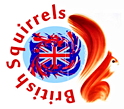

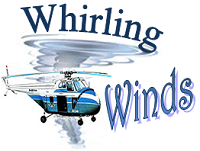




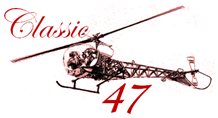
















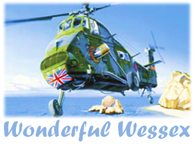

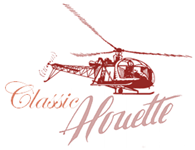






Comment